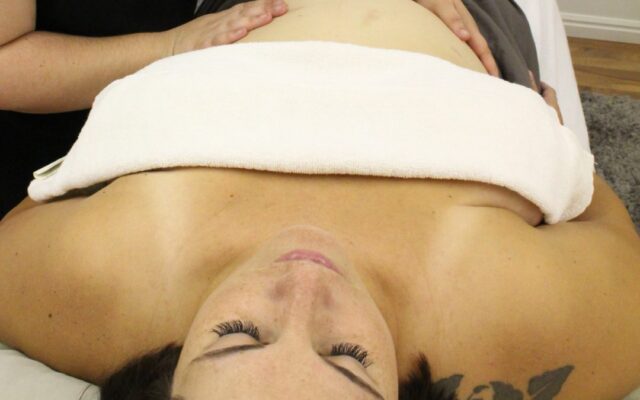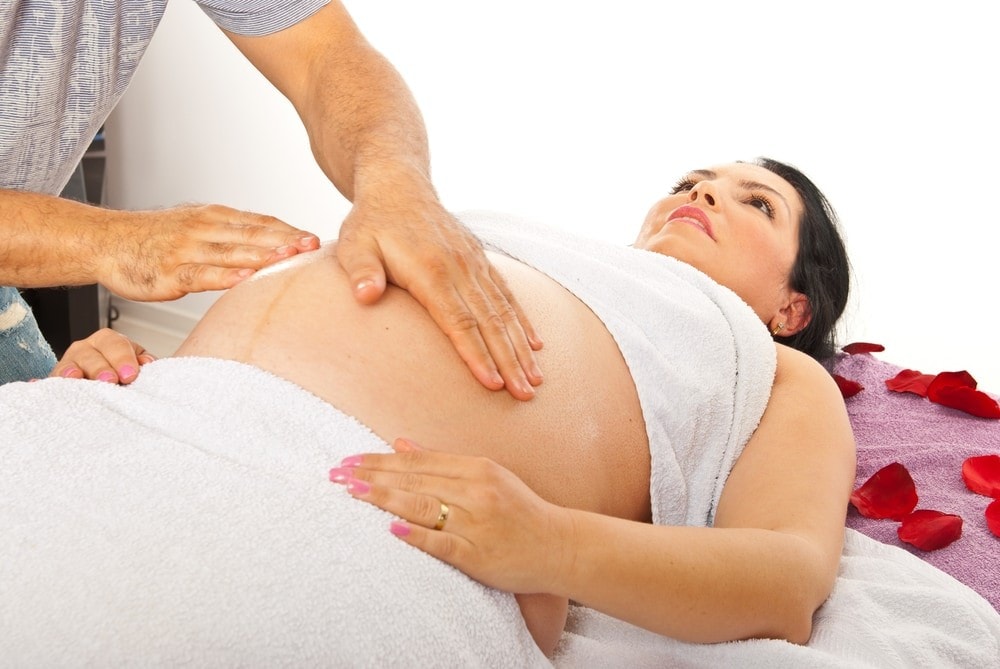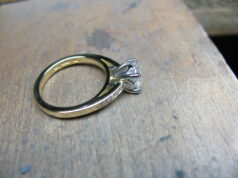Pregnancy is an exciting and transformative time, but it can also be physically and emotionally demanding.
A pregnancy massage can help alleviate some of the discomforts of pregnancy, such as lower back pain, swollen ankles, and overall stress. This step-by-step guide will give you an idea of what to anticipate.
Step 1: Choosing a Therapist
Not all therapists are qualified to perform pregnancy massages, so make sure to find one who has completed additional training in this area. Look for a therapist who has experience working with pregnant women and is knowledgeable about the specific needs and concerns of expectant mothers.
Pregnancy massage in Hobart is a specialized form of massage that is designed to support and comfort expectant mothers throughout their pregnancy. Pregnancy massage therapists in Hobart are trained to use techniques that are safe and effective for pregnant women, taking into account the unique needs and changes in a woman’s body during pregnancy.
Many spas and wellness centers in Hobart offer these services, and it’s recommended to consult with a healthcare provider before booking a session. Do your research to find a therapist who is highly rated and has positive reviews from other pregnant women.
Step 2: Preparing for Your Massage

Before you start, you may want to take a warm shower or bath to relax your muscles and make yourself comfortable.
Wear loose, comfortable clothing and remove any jewelry or accessories that may get in the way of the massage. You may also want to eat a light snack beforehand to prevent lightheadedness or dizziness.
Step 3: Beginning the Massage
During a pregnancy massage, you will lie on your side with pillows and bolsters supporting your belly and legs.
The therapist will use gentle, sweeping strokes to massage your back, legs, arms, and neck. They will avoid using deep pressure on certain areas, such as the abdomen, lower back, and feet.
Step 4: Communicating with Your Therapist

During the massage, it’s important to communicate with your therapist about any discomfort or pain you may be experiencing. Your therapist will want to make sure that you’re comfortable throughout the massage, so don’t be afraid to speak up if something doesn’t feel right.
You may also want to let your therapist know about any areas you’d like them to focus on, such as your lower back or shoulders.
Step 5: Ending the Massage
Once the massage is complete, your therapist will give you a few minutes to relax and get dressed. They may also provide you with some tips for post-massage self-care, such as drinking plenty of water and taking it easy for the rest of the day.
After it, you may feel a bit lightheaded or woozy, so it’s important to take your time getting up from the table. Your therapist may also recommend that you avoid strenuous activity for the rest of the day to allow your body to fully relax and recover from the massage.
In conclusion, a pregnancy massage can be a wonderful way to take care of yourself during this special time in your life. So go ahead and enjoy all the relaxation and rejuvenation that comes with it!







